Best AI art generators
- Tensor.art: Best for image-to-image art
- Midjourney: Best for abstract images and animations
- Dream Machine: Best for brainstorming with AI
- Gemini: Best for workplace documents
- Krea: Best for premium models
- Recraft: Best for working with vectors
- Raphael AI: Best for unlimited free generations
- Ideogram: Best for social media posts
- Canva: Best for print media
- PromeAI: Best for art style suggestions
Art is, by nature, eclectic. No AI art generator will be able to do it all, to specialize in the infinite forms of human creativity — but that is certainly not for lack of trying. There are dozens upon dozens of AI tools and text-to-image AI platforms to choose from, each with its own specialties and drawbacks.
In such a crowded market, AI generators tend to be harder to pick than they are to use, with features and workflows that can handle everything from concept design to polishing and upscaling. And since no two designers or creators have the same strengths, experiences, or goals, there is no single best AI art generator.
We would know: We tested more than three dozen generative art AI platforms. But what we can say is there are AI art generators that do a better job at guiding you through creating the art you want. With that in mind, we picked the 10 best AI art generators that address the most common speedbumps in design pipelines.
What makes a great AI art generator?
The best AI art generators are tools to augment human creativity, not replace it. Whether you’re generating visuals for a new website or redesigning a mobile app, the art you use matters because most people want to feel as if they’re interacting with something built by a real person — a person with style, taste, and vision. That means art generators with good prompt adherence, or the ability to generate something close to what you asked for, is the number-one priority to make it on this list.
Other traits on our list of must-haves were high-resolution exports, user-friendliness, swift turnaround times, and stylistic flexibility. Beyond that, there were the nice-to-haves: powerful image editing, image-to-image prompting, commercial use rights, and style presets. Finally, there were variables that have little to do with generation itself, such as what data the model was trained on or how active its social community is. Whatever your priorities are, however, there’s a platform in our top 10 that will work for you.
How this list was tested and selected
To whittle down the extensive list of options into a tight list of recommendations, we tried to use the same prompts and style settings across each of the test runs, comparing speed, quality, detail, and creativity. We also tried to find a balance between giving apps leeway as we learned how to use them, and disqualifying those that had steeper learning curves.
Bear in mind if you gave the same list of AI art generators the same exact prompts we did, you would receive completely different results. We can’t definitively answer which app you should use, but we can significantly reduce the number you need to test with your own workflows and constraints. These are the 10 best AI art generators in 2025, based on what they excel at most.
Best AI art generators in 2025
 TensorArt | Midjourney | Dream Machine | Gemini |  Krea |  Recraft |  Raphael AI |  Ideogram | Canva | PromeAI | |
|---|---|---|---|---|---|---|---|---|---|---|
| Best for | Image-to-image art | Abstract images and animations | Brainstorming with AI | Workplace documents | Access to all premium models | Working with vectors | Unlimited free generations | Social media posts | Print media | Art style suggestions |
| Visual Strength | Cartoonish and trending styles | Surreal and fantastical visuals | Generation based on chat context | Really good with text | Painterly and classical styles | Production ready designs | Excellent with details | Composition and text | Template-based designs | Helpful directories of styles and compositions |
| Prompt Flexibility | Prompt-based editing and creative upscaling | Sliders for stylization, weirdness, and variety | Iterative suggestions from AI | Accessible from within document editors | Freedom to hop between top models | Generate similar images in sets of six | Only a textbox and aspect ratio selector | Color palette guidance | Prompt interface inside image editor | Guided prompt creation with recommendations |
| Pricing | Starting at $10/month | Starting at $10/month | Starting at $10/month | Starting at $14/month | Starting at $10/month | Starting at $12/month | Free | Starting at $8/month | Starting at $15/month | Starting at $19/month |
Tensor.art: The best AI art generator for image-to-image art
Developer: Tensor.Art
Tensor.art has one of the more crowded user interfaces on this list. But once you overcome that, it’s one of the best AI drawing tools for training both image and video models on your own images, and building multi-step generation workflows.
A good place to start with Tensor is the AI Tools tab, which will show you user-created models, including preset prompts and settings. Pick a filter such as the Simpsons or Animal Crossing, upload your image, and click Create. After you’ve created an image this way, you can move on to the Models tab when you’re ready for a bit more prompting freedom and experimentation.
It would be nice to see Tensor add Imagen, Ideogram, and some other big-name models (all I could see was Flux and Stable Diffusion). But if your goal is to generate art based on a specific style or on your own images, Tensor has everything you need without expensive plans or steep learning curves.
Pros:
- Lots of user-generated models
- “Tools” simplify style-specific generations
- Lots available with the free plan
Cons:
- Not as fast as other generators
- Not enough onboarding and training
Plans/Pricing:
On the free plan, you get 50 credits per day for generating images and videos. The Pro plan is $10 per month for 300 credits per day, and you get faster and higher-resolution generations, plus the ability to train your own models.
Midjourney: The best AI art generator for abstract images and animations
Developer: Midjourney, Inc.
Many people in the Discord channel (and now the Explore tab in the web app) seem to be generating photorealistic images with Midjourney, but it’s always felt, at its best, like a slot machine for weird and fascinating art.
In the past, you had to manually add a ton of modifiers to tweak the model’s default settings. But the web app, which launched in August 2024, turned that text-heavy workflow into sliders and buttons that are much friendlier and easy to use. Midjourney’s prompt adherence isn’t as good as other apps on this list, and for a certain brand of creator, that’s OK. We were almost always pleasantly surprised when we gave it a short, open-ended prompt and cranked up the stylization, weirdness, and variety values to their maximums.
Also, the recently added Personalize tab felt indispensable for generating better outputs. All you have to do is click Create Ranked Profile, pick your favorite from the two images it shows you, and repeat the process for at least 20 matchups — then you should start to see images that are more tailored to your preferences. It’s a feature that feels especially necessary, considering how hard we found the editor to use it.
Lastly, while it’s hard to quantify the cost of image generation across platforms, since they all use arbitrarily named and scaled credit systems, Midjourney videos felt like the cheapest AI painting software out of all our tests. We had the best luck with creating images within the app, picking one that we liked, and hitting the Auto-Low Motion button under Animate Image.
Pros:
- A weirdness slider!
- Super easy image-to-animation workflow
- Fun personalization algorithm
Cons:
- Not the best prompt adherence
- Hard-to-use editor
Plans/Pricing:
There is no free plan or trial credits. The Basic plan costs $10 per month and includes three hours and 20 minutes of fast generations and no slow generation allowance. At the $30-per-month Standard tier, you get 15 hours of fast generations and unlimited slow generations. With Pro, the cost goes up to $60 per month and allots you 30 hours of fast generations and unlimited slow generations for both images and animations. Finally, the Mega plan will run you $120 per month for everything in Pro except that fast generations are bumped up to 60 hours.
Dream Machine: The best AI art generator for brainstorming with AI
Developer: Luma AI
One of the features that has always felt hit-or-miss across AI art apps is prompt enhancement. Basically, you click a button or a toggle, and AI makes it more detailed or succinct based on what your original prompt needed. Dream Machine takes a slightly different approach, one that we found much more useful. Dream Machine responds to your prompt, describing how it interpreted what you wanted using natural language processing, and presents a Brainstorm button. When you click that button, you’re presented with three iterative paths, essentially options for doubling down on specific parts of your prompt.
For example, one of our test prompts asked for a marble statue of a modern construction worker. In response, Dream Machine asked which was more important: The classical style, the fusion of modern and historical, or the monumentality. When we selected the fusion option, it remixed the options to reflect that choice, this time with a brainstorm suggesting to use the same style and theme for other modern jobs and figures.
The iterative and collaborative approach means image generations improve without feeling as if you’re micromanaging AI. These chats are called Boards in Dream Machine, and each has its own context and goals so you can zero in on a particular style of idea for a particular project or client on one board, while having another board for an entirely different purpose. Like other chat-based AI art generators, you can modify images with natural language prompts. Unfortunately, you may face restrictions on modifying images of people.
Pros:
- Boards are ongoing conversations that retain context
- Brainstorm button makes revisions collaborative
Cons:
- Image-to-image doesn’t always work
Plans/Pricing:
There is a free plan, but it is for noncommercial use and puts watermarks on images. The Lite plan, which comes with 3,200 credits for $10 per month, also includes watermarks and does not include commercial rights. The Plus tier is $30 per month for 10,000 credits, commercial rights, and no watermarks. Unlimited, as the name suggests, lets you generate as many images and videos as you want for $95 per month.
Gemini: The best AI art generator for workplace documents
Developer: Google AI
We initially tested Gemini’s art generation within its chatbot interface, but in retrospect, that’s one of the worst ways to use it. Where Gemini feels truly useful is inside Slides, Docs, and other Workspace apps. From the built-in Gemini window in these apps, you request an image using the prompt field, style dropdown menu, and aspect ration selector, without switching tabs. Or, if you want to generate art based on other documents in your Drive, you can reference them with the @ symbol in your prompt field.
Gemini’s turnaround times on generated art were decent, being average among all the apps we tested. The output quality was great, and we ran into no issues when adding text, writing complicated prompts, or requesting different styles. Commercial use is a bit unclear on Gemini, but prompts are private, even from admins, if you’re using it via your employer’s Workspace account.
There’s no formal editor to speak of, and we couldn’t figure out a way to edit generated images with AI inside of Workspace apps. That said, with such high daily generation limits, there’s nothing stopping you from simply submitting new prompts until you get exactly what you had in mind.
Pros:
- Super convenient access when creating documents
- Reference Drive documents in prompts
- Handled text well
Cons:
- No commercial use
- No image editor inside Workspace apps
Plans/Pricing:
A standalone Gemini subscription comes in two options. Pro for $20 per month and Ultra for $250 per month. Neither provides clear limitations on image generation. Workspace art generation is similarly vague, merely stating that all paid plans (Standard at $14 per user per month, Plus at $22 per user per month, and Enterprise at $35 per month) includes “expanded” access to Gemini.
Krea: The best AI art generator for premium models
Developer: KREA.AI, INC.
Different models have different strengths and weaknesses, as well as different upgrade cycles. In a perfect world, you’d have easy access to all of them, and you could hop back and forth between them based on whatever you need for a particular prompt. Krea is about the closest you can get to that ideal for the big-name image models. All paid plans have the same roster of models, including Flux, ChatGPT Image, Seedream, Imagen 4, Runway, and Ideogram. That’s 15 of the top 20 models on Huggingface’s Image Arena Leaderboard.
Prompting in Krea doesn’t provide much in the way of settings or presets. There are two style buttons (Style and Image style), both of which open directories of options to choose from. But neither was organized by categories or popularity — they’re just a hodgepodge of templates. You can drop an existing image into the prompt window, which worked pretty well in our tests.
Krea has its own custom model in addition to premium models, and its outputs were excellent. The image editor is entirely prompt-based, so you can describe what you want to change and let the model take care of the changes. Also, the Realtime generation tool is much more interesting than the ways other apps do it, letting you randomize the style, AI creativity, and other settings.All of this would honestly be nice to see in the regular prompting window.
Pros:
- One of the only apps with access to all top models
- Very cool real-time image generation
Cons:
- Prompt interface is a little basic
- Style directory is more confusing than helpful.
Plans/Pricing:
The free plan only allows approximately 12 images on Krea 1 and Flux models. Basic, which is $10 per month, unlocks access to all premium models ranging from 60 images on ChatGPT to 1,000 images on Flux. Pro comes in at $35 per month and offers 300 ChatGPT images to 5,000 Flux images. At the highest level, Max includes 15,000 Flux images and 900 ChatGPT images for $60 per month.
Recraft: The best AI art generator for working with vectors
Developer: Recraft Inc.
Vector files are ubiquitous in design because they can be scaled to any size without becoming pixelated, making them perfect for logos, mockup, and graphics that need to fit on anything from a business card to billboard. In Recraft, you can generate and modify a raster, or non-vector, image to your heart’s desire, right-click it, and select Vectorize to convert it to an infinitely scalable graphic. Or you can do the same and click Rasterize to convert a vector image. This is just one of the ways that Recraft, an AI platform for illustrations, caters specifically to professional designers.
Another thing that feels worth pointing out is the Image Set tool. When you use this tool, you start by adding a set to your infinite canvas, choosing an art style from the model selector, and adding a color palette to the prompt settings. Then you describe a different subject in each of the six prompt textboxes. Once you’ve done this, the tool will spit out half a dozen images, all with the same style and color palette you can add to a web form, landing page mockup, or whatever you’re currently working on.
While Recraft’s library of artistic presets and models isn’t as extensive as some of the other apps on this list, what it does have works especially well for designs that are marketing a product rather than the art itself. While they’re not headline features, the AI template generators for posters and product backgrounds worked really well in our tests.
Pros:
- Convert generations to vectors or rasters
- Generate images in sets that follow the same style
- AI poster and background templates are easy to use
Cons:
- Not a huge selection of art styles
Plans/Pricing:
When you’re on the free plan, you receive 50 credits per day. Above that is the Pro plan at $12 per month, with 1,000 credits per month, commercial licenses on your images, and faster generations. With the Teams plan, everyone shares a pool of 9,000 credits per month, collaborative workspaces, and team management features.
Raphael AI: The best AI art generator for unlimited free generations
Developer: Raphael AI
We have no idea how Raphael AI is providing unlimited free art generations without even requiring a login, but they are. What’s more, the art it’s pumping out is way better than it has any right to be, considering the app asks absolutely nothing of you. Everything we asked for, from Flemish realism to surreal neon cyberpunk, adhered to our prompts, came back relatively quickly, and was free from artifacts.
To be fair, Raphael AI gives you only two input methods: There’s a prompt textbox and options for the aspect ratio. And we did get an error stating, “Our servers are overloaded” at one point. But those are forgivable speedbumps, considering what’s on offer. There’s even an image-to-image editor — and it worked better than a few paid tools we tested!
If you want an AI drawing tool without even being forced to sign up for a free trial, there’s no question that Raphael AI is the best option. Full stop.
Pros:
- Unlimited 100 percent free generations
- Great prompt adherence
- High-fidelity images
Cons:
- Virtually nonexistent prompt settings
- Service sometimes gets overloaded
Plans/Pricing:
There is no paid plan. Everything is free.
Ideogram: The best AI art generator for social media posts
Developer: Ideogram AI
The main reason for generating AI art with Ideogram is how well it handles text in images. But that’s far from the only tool in its toolbox. For example, Ideogram is better than most at handling composition and minimalist prompts. You can tell it to create a blank canvas with a single item in the upper right quadrant of the image and get exactly that, whereas a surprising number of other generators struggle to put items in the right place or avoid adding in a bunch of other objects.
Good text and prompt adherence, combined with a color palette prompt, make it really easy to quickly create images for social media. If you’re on the top-level plan, you can give Ideogram as many prompts as you want in one go with its batch processing. Upload a spreadsheet with as many as 500 separate prompts, one on each row, referencing any saved styles, characters, quoted text, or color palettes, and you’ll get an email when it’s finished. Download the batch as a zip file and you’ve got more social media posts than you’ll know what to do with.
Pros:
- Follows image composition instructions
- Handles minimalist prompts
- Generate from a color palette
Cons:
- Adding text via Canvas is horrible
Plans/Pricing:
With the free trial, you receive a one-time disbursement of 12 slow credits. In terms of paid plans, there is the $8-per-month Basic tier that comes with 400 fast credits per month and 100 slow credits per day. Then the $20-per-month Plus tier, which includes 1,000 fast credits per month, unlimited slow credits, and unlocks private generations. Finally, Pro costs $60 per month and gives you 3,500 fast credits per month, unlimited slow credits, private generations, and batch generation.
Canva: The best AI art generator for print media
Developer: Canva
For all of the time that we spend online and in front of screens, there’s still a lot of work that requires physical media. Concert posters, expo brochures, and print ads are all things that can benefit from AI art generation. Canva makes it incredibly easy to go from idea to printed product, with thousands of premade templates — as well as their Magic Design AI-generated templates — Magic Media tool for AI art images and graphics, and Print with Canva export option.
The prompting interface is more basic than we would have liked. You’re limited to around 50 words or 300 characters when describing your image. But the focus is more on generating page objects or elements one at a time, rather than creating an entire design in one shot. And that makes sense based on most design workflows. Narrowed focus makes it easier to create prompts and boundaries for Canva’s AI art generator, which scores extra points in the speed category.
When you’re done integrating AI images with your logo, text, and background, you’ll simply click the Share button to turn your design into a website, presentation, or PDF. You could also click Print with Canva to slap your design on business cards, stickers, mugs, and canvas bags, all of which came with free shipping anywhere in the world during our tests.
Pros:
- Built-in printing pipeline
- Magic Design for AI-generated templates
- Fast generations
Cons:
- Prompt textbox has low character limit
Plans/Pricing:
The Free plan includes a limited template library and 5GB of cloud storage. Pro costs $15 per month for premium templates, background removal, 25-plus premium AI tools, social scheduling tools, and 1TB of storage. A Teams plan is $10 per month per person (for a minimum of three people) for everything in Pro plus design collaboration tools, shared workspaces, and branded AI generations.
PromeAI: The best AI paraphrasing tool for art style suggestions
Developer: Team LibAI
Generating a ton of AI art can feel like studying for an art history degree: You’re constantly Googling art movements and styles, trying to find the one that makes the most sense for whatever you have in mind. Most apps offer help, whether it’s in the form of a dropdown menu of presets or a gallery of example thumbnails. For our money, out of all the art generators we tested, PromeAI provided the best interface for style suggestions and guidance.
When you click the Style button below PromeAI’s prompt textbox, you’ll see seven categories — one for photography and six for art. Click into any of the art categories, and you can either scroll through the entire list of thumbnails or filter your search further with subcategories (for example, anime is broken into Realistic, Traditional, and Artistic). There are more options than most apps give you, but not so many that it becomes annoying. The same goes for the Scene, Perspective, and Lighting menus.
You can see a similar user interface philosophy with PromeAI’s image editor. There are 21 tools under the Edit menu, ranging from relighting to creative fusion. Most of them represent workflows you could theoretically replicate with an open-ended editing prompt (what PromeAI calls Magic Editor) but adding a few menus and presets makes the whole process feel much more digestible. Other than the way it struggled with some of our more complicated prompts, PromeAI provided a smooth and enjoyable experience.
Pros:
- Super useful Style directories
- Great editing interface
Cons:
- Not great with detail-heavy prompts
Plans/Pricing:
The trial plan comes with 10 coins per month, slow generations, and three concurrent generations. On the Base plan, you receive 500 coins per month, private generations, and up to four concurrent generations, for $19 per month. Standard gets you 2,000 coins per month, commercial rights to your images, five concurrent generations, for $39 per month. The Pro tier includes 6,000 coins per month and six concurrent generations for $79 per month.
Grab your audience’s attention
AI art generators are indispensable tools in any creator’s toolbox. Whether youre crafting a visual identity, designing marketing assets, or simply adding personality to a personal profile, these apps translate your ideas into memorable, compelling visuals. But they’re far from the only instrument worth spending time on.
AI paraphrasing apps tweak your writing for different channels and platforms, AI advertising platforms squeeze more conversions out of your existing ad budget, and AI agents intelligently respond to customers on your behalf, 24-7. Any of these tools can drastically raise the bar for how you attract and interact with clients and customers. When you combine a few of the best AI models, you’ll reach more people, in less time, than you ever could before.
This article is ideal for brand designers, social media managers, product teams, and solo creators who want to prototype ideas faster, generate on-brand visuals, and streamline editing and upscaling with AI, without sacrificing creative control or blowing the budget.
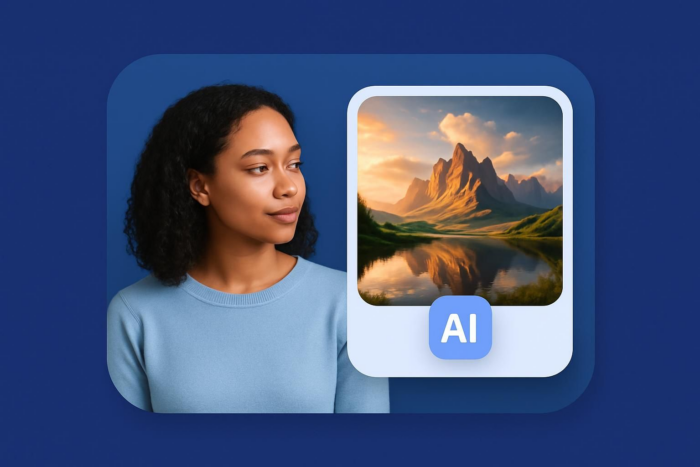
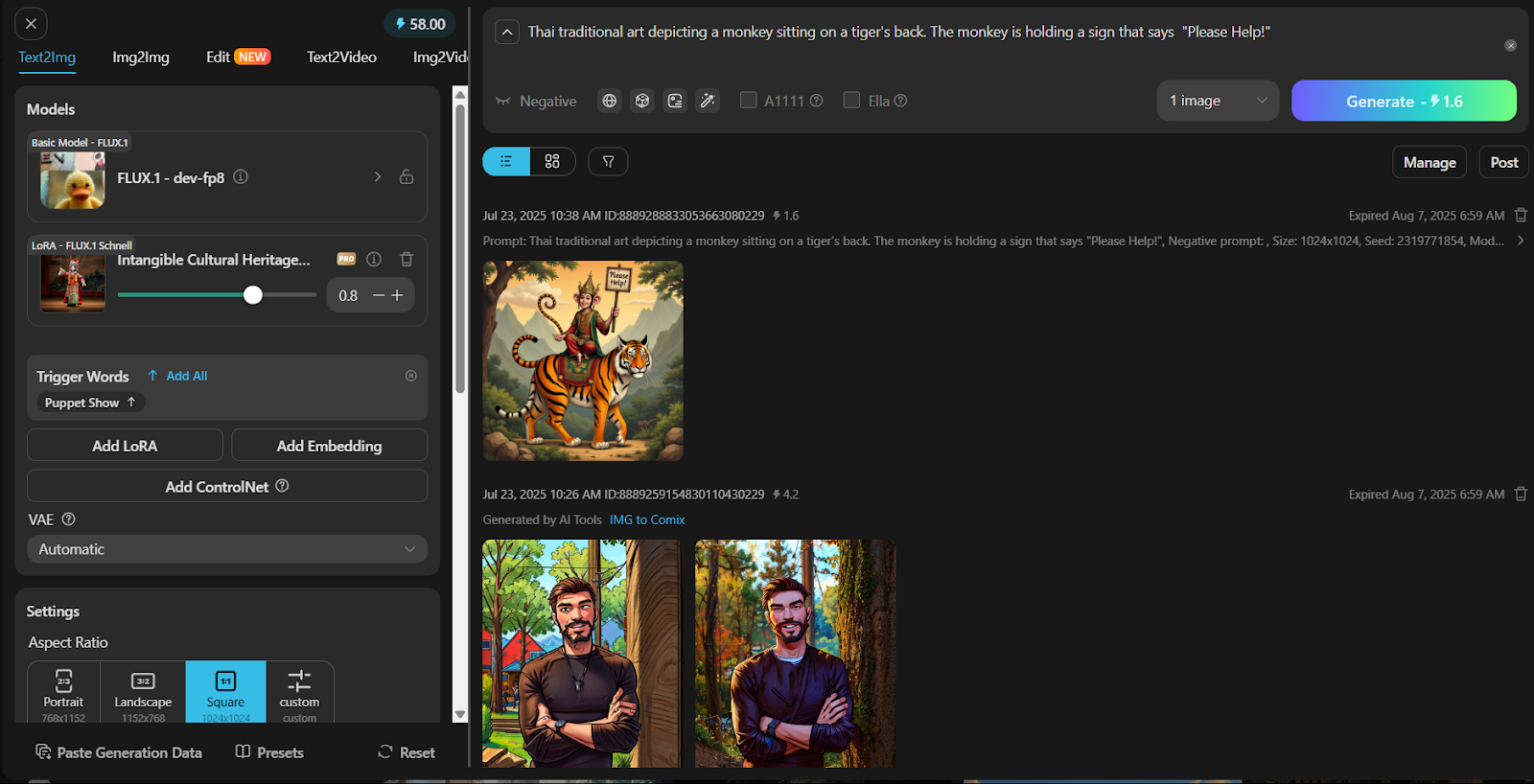
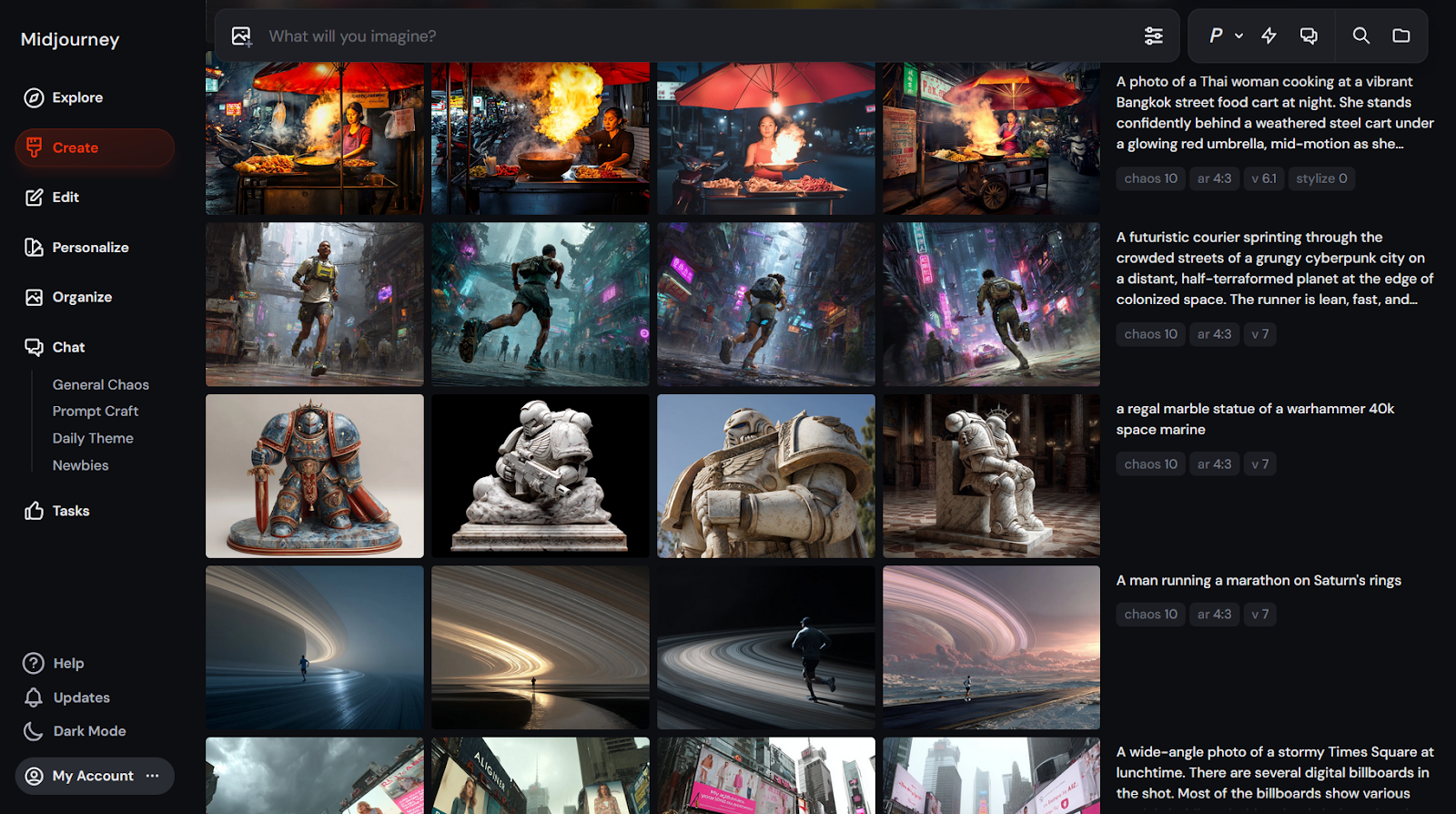

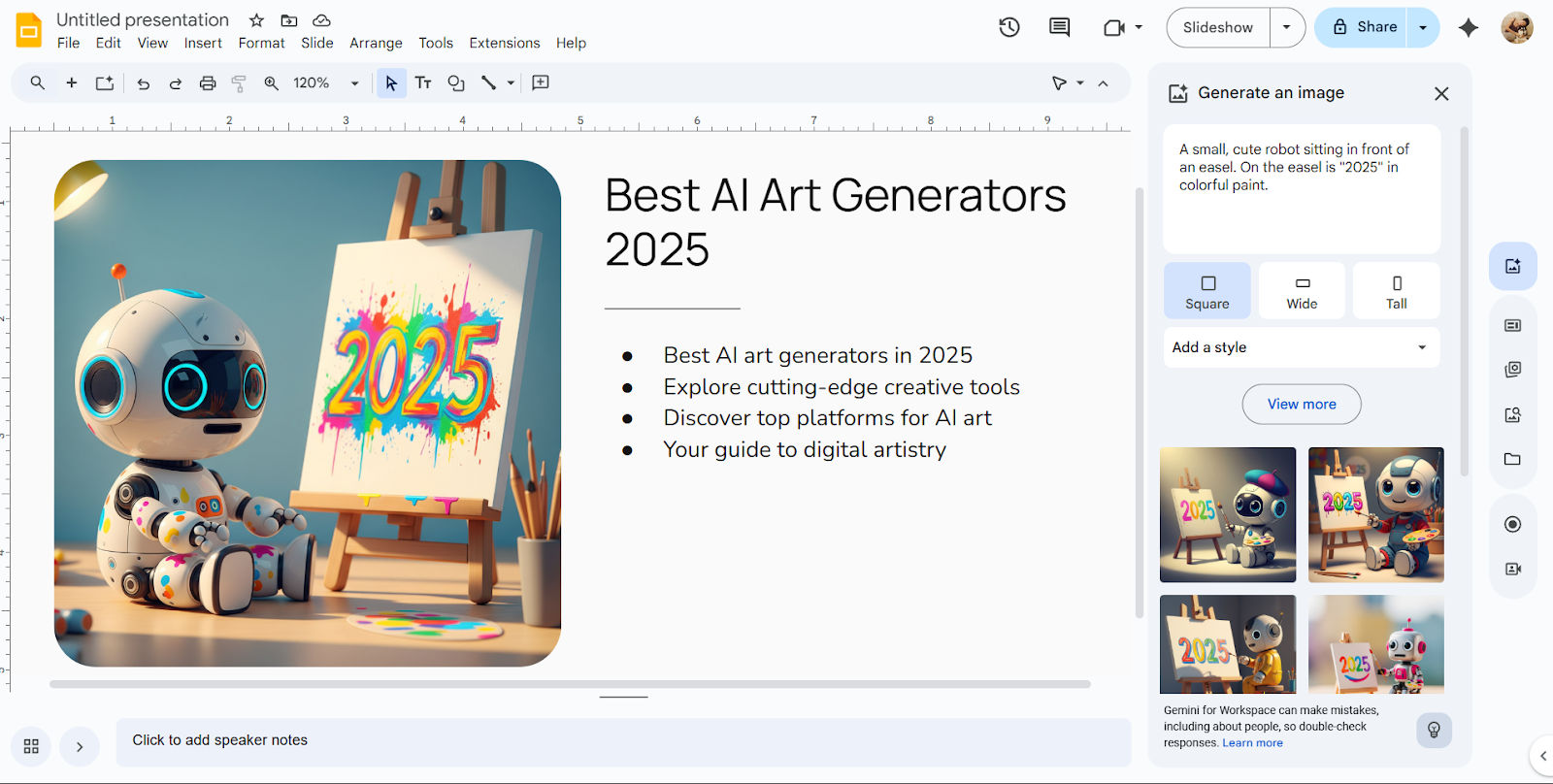
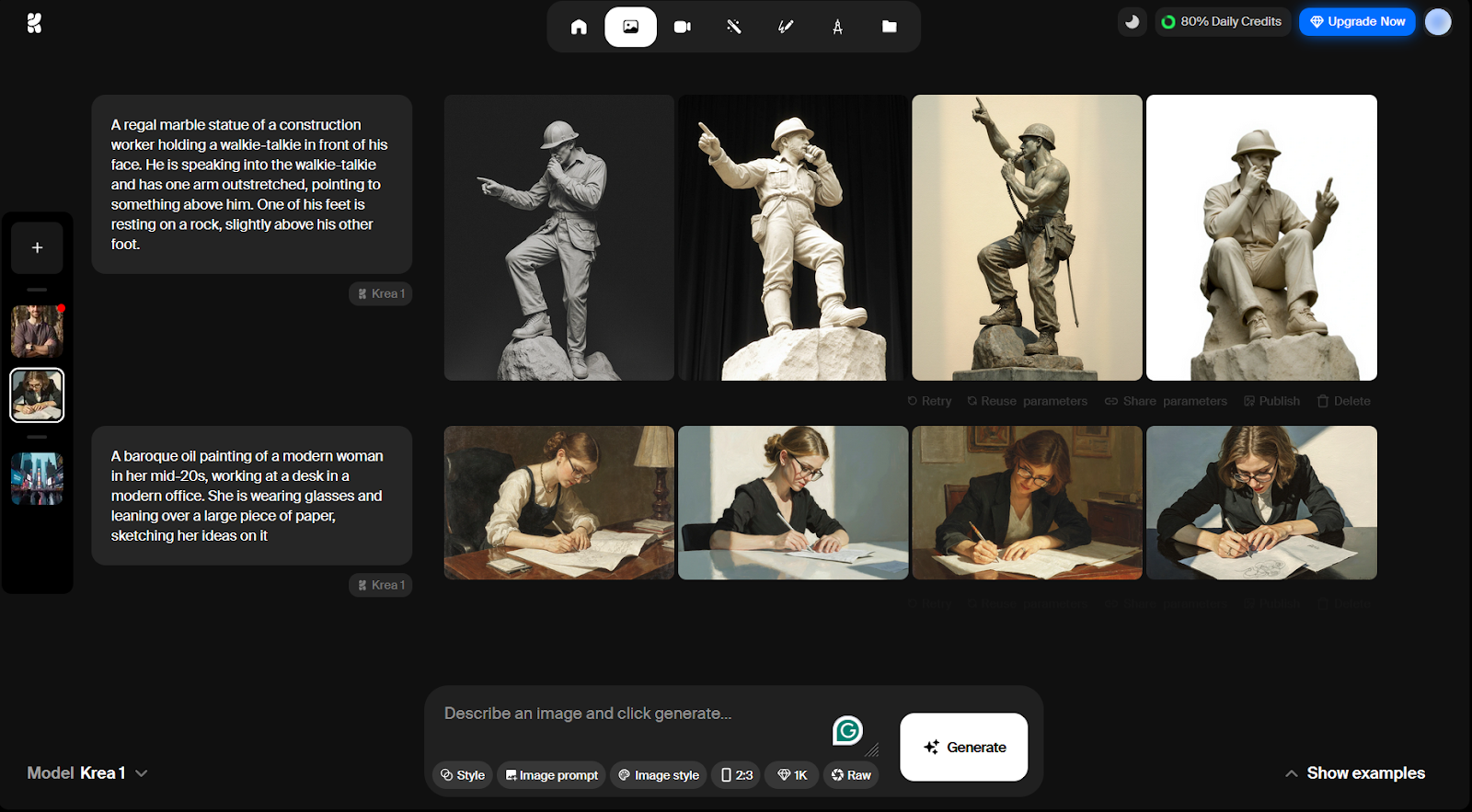

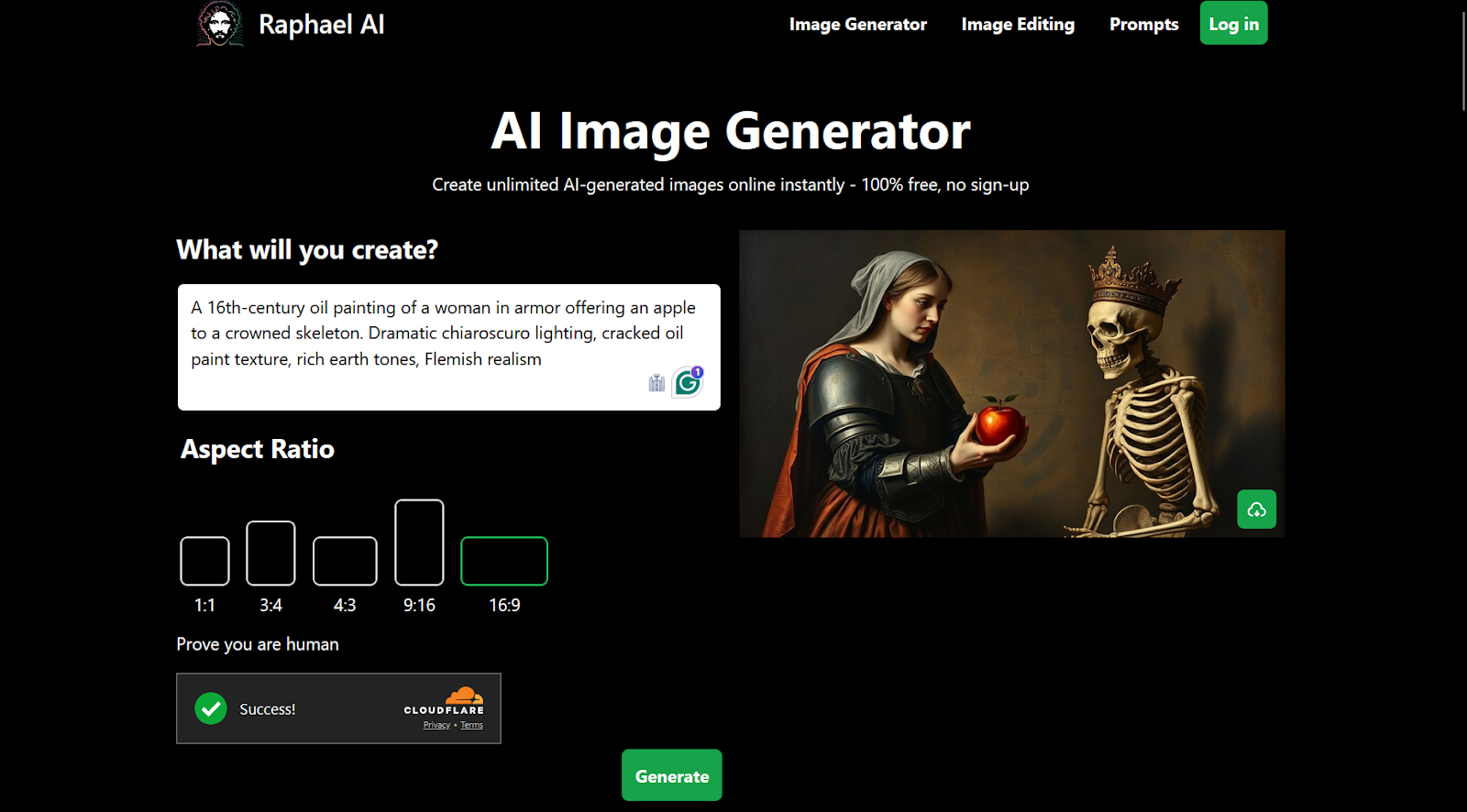
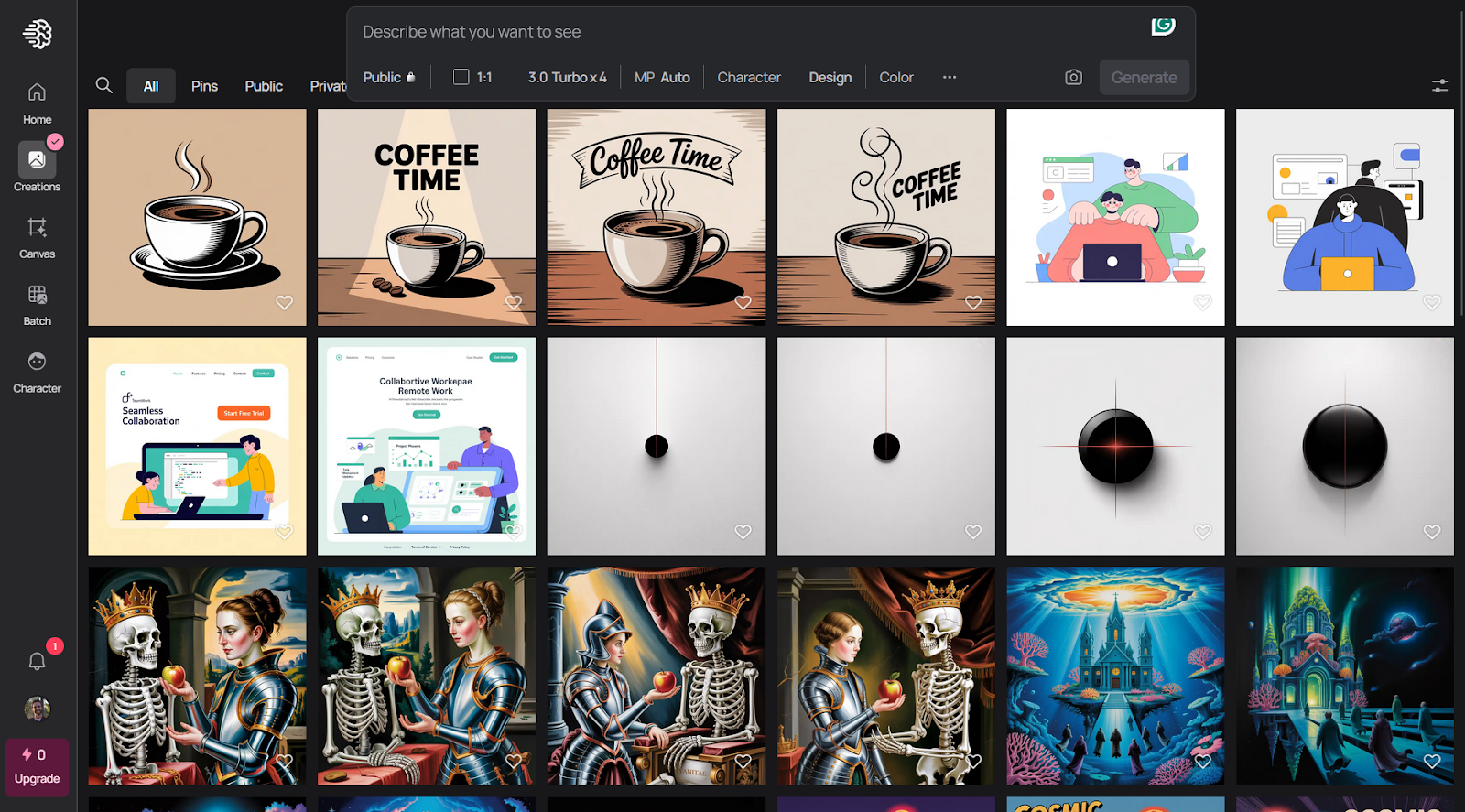
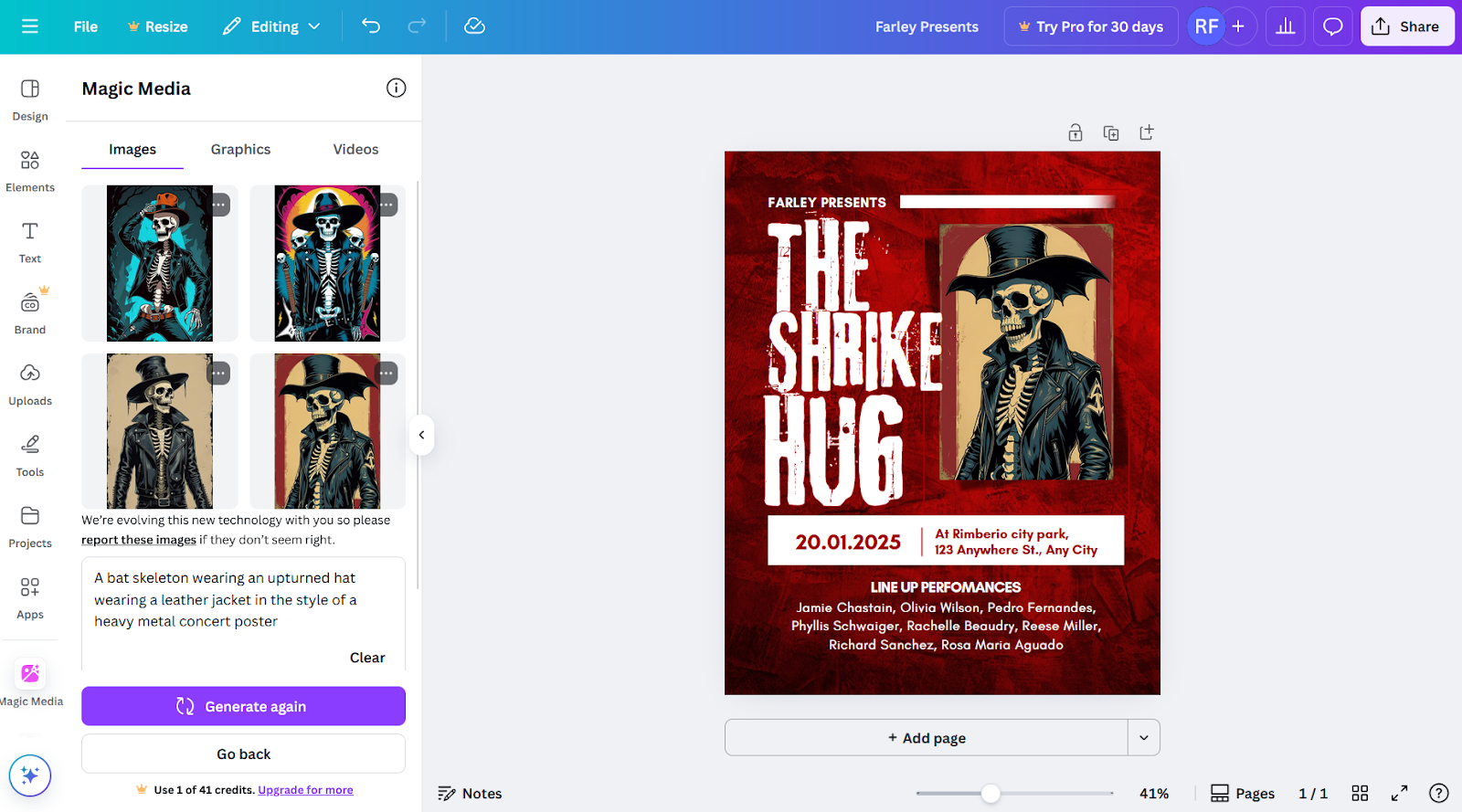
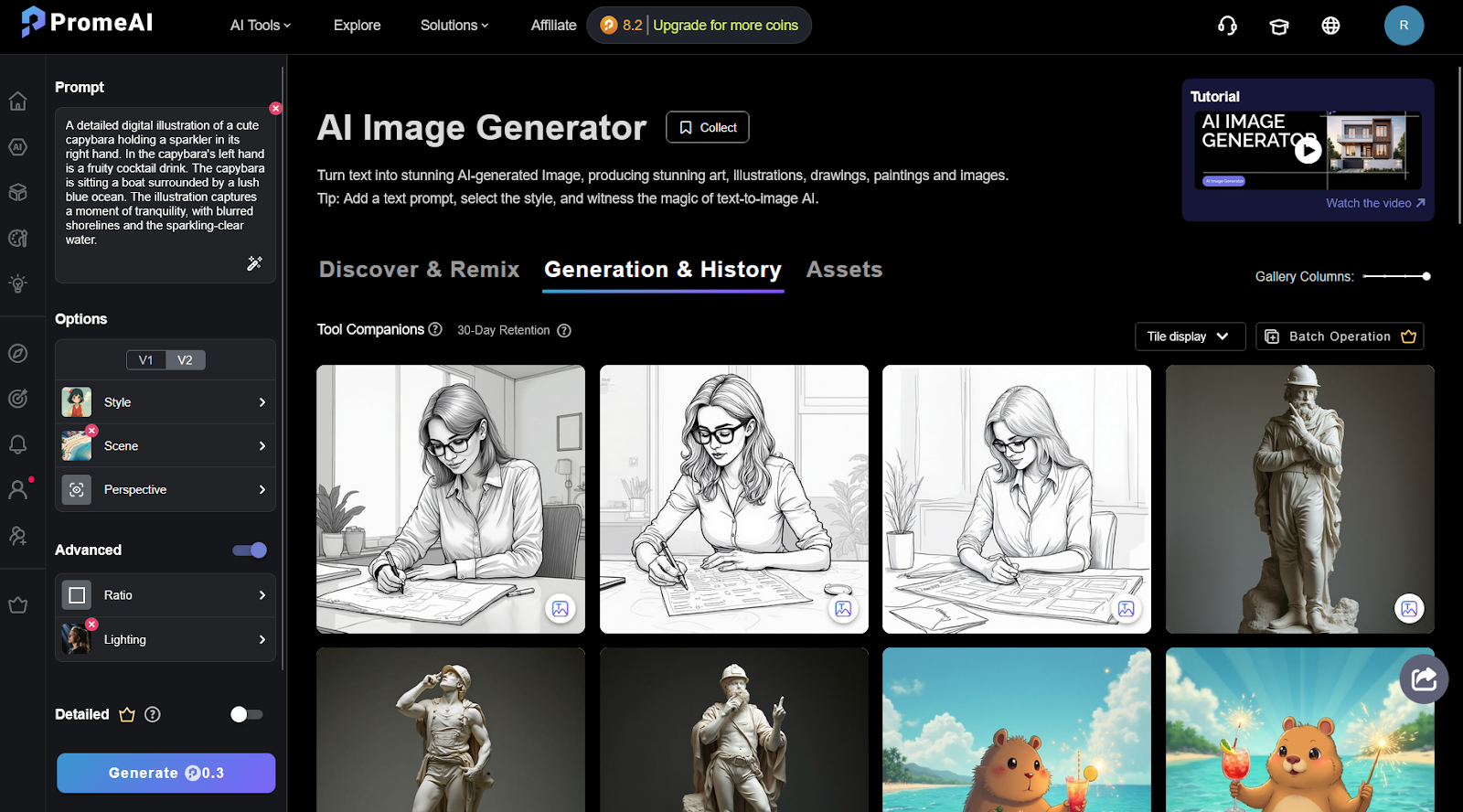





































































































Send Comment: